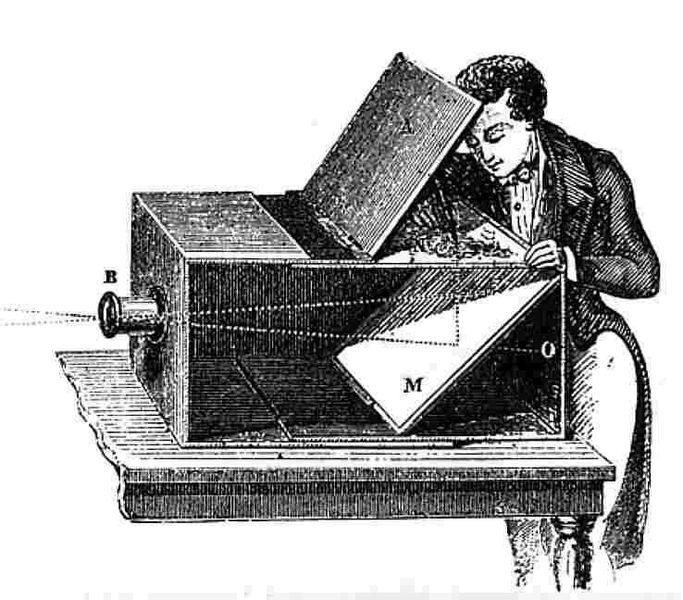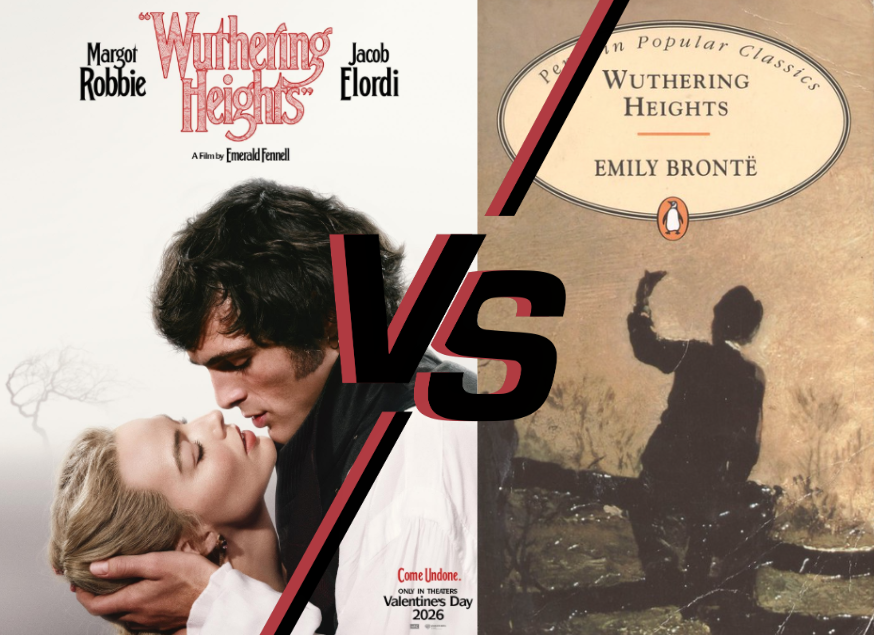The history of cameras is best defined by a series of world-changing inventions that the rest of the world had to catch up to. The first permanent photograph was invented more than a century before portable cameras were available for everyone to buy, but once technology caught up, cameras became an essential part of everyday life. Here is a list of the most notable cameras up to date.
1839: The first photographic camera developed for commercial manufacture was a daguerreotype camera, built by Alphonse Giroux.
1888: The Kodak No. 1 box camera arrived on the market. It allowed people to take their own photos, and once the film inside had been used up, people would send the whole camera to Kodak to have them developed. Kodak would then put more film in the camera and send it back.
1900: Kodak introduced the Brownie camera, which was far less bulky than previous cameras and a lot cheaper, selling for $1. It became the most popular camera of the 20th century because of how easy it was to use and how inexpensive it was.
1935: Kodachrome, the first successful color film, was introduced by Eastman Kodak.
1948: By the 1940s, cameras were household objects all over the world, but taking and developing a photo was a time-consuming process: once someone finished a roll of film, they would have to take it to a professional to have it developed before they could actually hold their pictures in their hand. Polaroid changed all of that when they released the first instant camera. This camera contained special paper that included developing chemicals inside of it. After they took a picture, they could pull it out of the camera and have it in their hand in under a minute.
1963: The first point-and-shoot camera, the Instamatic, was released by Kodak. It was designed to be simple to use: All someone had to do was point the camera at their subject and push a button.
1975: The first digital camera was invented by Steven Sasson of Eastman Kodak, a prototype that used a CCD image sensor and recorded images to cassette tape.
1988: Fujifilm introduced the FUJIX DS-1P, the first fully digital camera, which recorded digital images using a semiconductor memory card.
1990: The first commercially available digital camera was the 1990 Dycam Model 1.
Late 2000s : The phone camera was introduced. Early cell phone cameras didn’t take great photos, but people still liked that they could have a camera and a phone without having to carry two different things.





